|
At least, that was my playful thought while building this. It's interesting to see how the piece changes as it dries, gets the first firing, has glaze applied, and then gets another firing. Compare with the next photo.
0 Comments
This is a newly completed commission made through Robert Passal Interior and Architectural Design in New York City. It's a pair of clay sculptures that can be used as stools or as small tables. Each one is a little over 19 inches high, and about 12 inches in diameter. The pieces are going to Houston. The clay is a rugged white body meant for sculpture and architecture. The glaze is smooth, white, and has only a bit of sheen. The above photo gives a sense of how I built these pieces. It was necessary to build both at once so they would match closely. The basic construction method is a combination of coil/slab. It would seem logical to build the entire forms first and then add the basketwork surface texture, but the clay in the lower walls would have been too firm and dry for good attachment by that point. So, the surface treatment has to be added while the form is being built. It's a constant balancing act.
I wanted to share a few photos from a local trail that I just learned about. It goes from upland Piedmont landscape down to the Savannah River, at Augusta/North Augusta. This is the upland part, near where the trail begins: There are many beautiful parts in between that I didn't photograph, but here is where the trail ends, at the river: Looking out over the river: Trees with gnarled roots are near the water: And more shots of roots:
This is a new mixed media piece, 12 inches by 9. In it you can see a drawing in charcoal, some parts from monotypes I've made, and acrylic paints - all on a wood panel. This is for the Gertrude Herbert Institute of Art's annual fundraiser, the Oysters on Telfair event.
This is a new altered book I'm making. I've glued all of the pages and painted a background on them. Now I've started on the first page spread with collaged elements. This page is probably complete except for a label identifying the book.
A running background theme in this book is Covid-19, the coronavirus that is wrecking human interaction - and life itself - around the world. I have downloaded some of the coronavirus graphics we're all familiar with by now - I've altered them and printed them on vellum (a translucent paper), and I'm cutting out portions of the images to collage into the book. On this first page spread, you can see a virus on the right hand page near the center fold, either floating or possibly attaching itself to the image below it. Is it just another virus hanging out somewhere, hopefully not doing much, or is it attacking some kind of human organ system? I think you know the answer already, having lived this far. Just completed, for a special commission. These are quite large vessels. Above, Dark Vessel with Spout-Spikes, 14.5 x 15.5 x 15.5 inches Above, Dark Vessel Pierced with Many Holes, 18.25 x 13.5 x 13.5 inches Above, Dark Vessel - Large with Large Holes, 22 x 16.5 x 16.5 inches
I've been making some thrown cups and plates lately. These are porcelain, thrown on the potter's wheel and painted with underglazes and glazes. They're big cups, holding more than 16 oz. each. These two cups are going to the cup show at the Ogden Museum in New Orleans. Of course, I made a bunch more in this series, including some variation in shape and leaf patterns. I also made some plates. These are salad or snack size.
I've just finished an altered book. This one started as a British book about important events in the 20th century, published in the 1970s. Only a little of the book's content survives now, though. I chose the book in a thrift shop in Santa Fe (NM) because I liked the quality of the paper, and it has a sewn binding. It's a nice big book - about 12 inches tall when closed.
I had a couple of compositional themes with this book. First, there are large, mostly original drawings that often float off the left or right edge of a page spread. Second, I used portions of printmaking plates, cut up and glued in as collage elements. The plates are from monotypes, and I worked them on vellum. The original printing medium was water based. I liked how the translucency of the vellum allowed the plate portions to nestle down into the matrix of the gouache mixtures I had already applied to the paper. The imagery is - various. Plants and animals, sometimes in microscopic views, my clay vessels and sculpture, landscape photos - and a few other things. Snakes are notable - I used my stash of photos of snakes from a teapot project I did several years ago for the Year of the Snake. As usual in my two-dimensional work, objects are presented in kind of a primordial soup of contexts. I love the way the base of a bald cypress tree will widen out when it grows in a very damp area. This one is standing in Butler Creek at the Phinizy Swamp. The drawing is mostly about my enjoyment of the dark and light interlocking patterns of the cypress tree base and the lush growth around it. The water is tea-colored because of the presence of tannin compounds from decomposing plants - it's not pollution.
I was looking at a bright green plant with large leaves that was growing directly out of the forest floor near the Butler Creek trail. The light was beautiful, and the leaves were especially 3-dimensional. I added dots to the background - it's part of of my interest in patterns and the idea of a network that everything in nature is part of. |
Categories
All
AuthorPriscilla Hollingsworth, artist. Categories
All
|
- Home
-
Installations
- In the time of coronavirus: a drawing installation
- Afferent Zone >
- Game Pieces
- Regermination
- Hums & Oms - the performance
- Germination
- Blue Vase Series
- BioArray 1
- Hums and Oms
- 4 Stone Vessels
- Nub
- 12 Piles
- 5 Gold Rings
- 8 Body Forms
- 12 Vessels/Gen.
- Arrangements
- Body Language
- Containers & Tools
- Object Map
- Selection/Profusion
- Paintings
- Vessels
- Objects
- Info
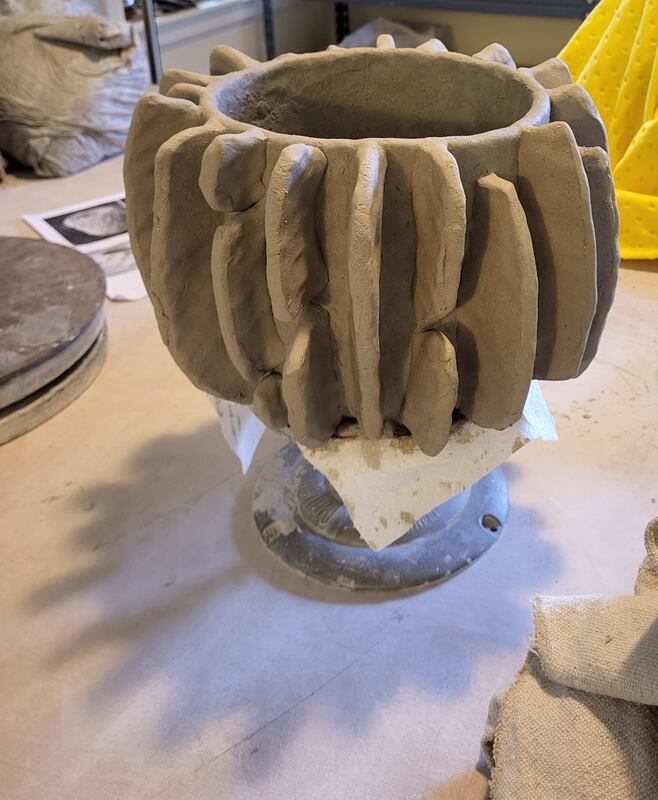
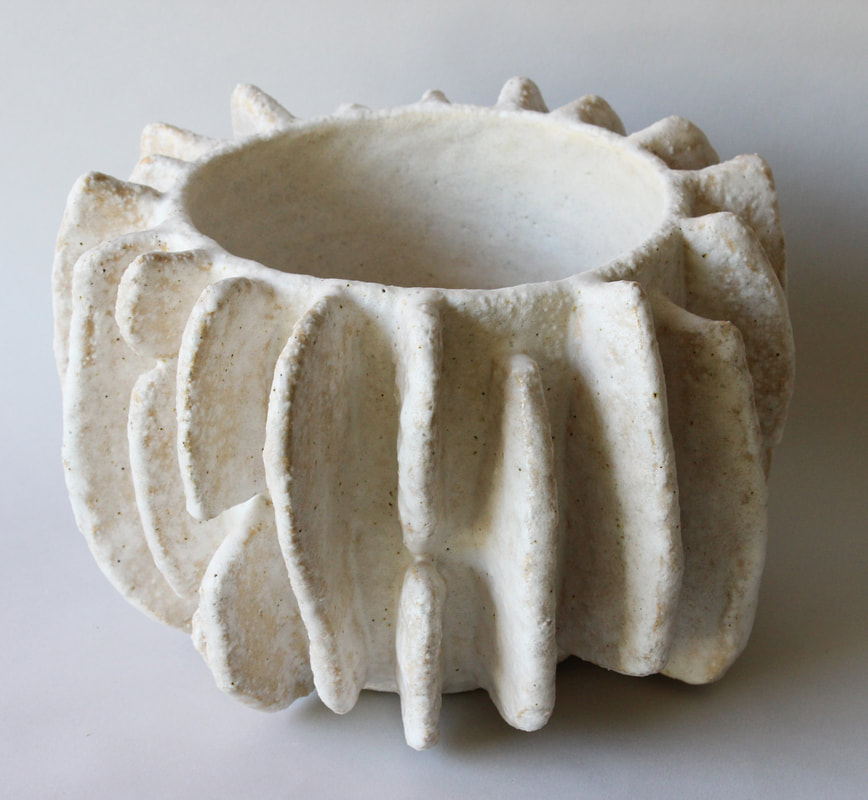
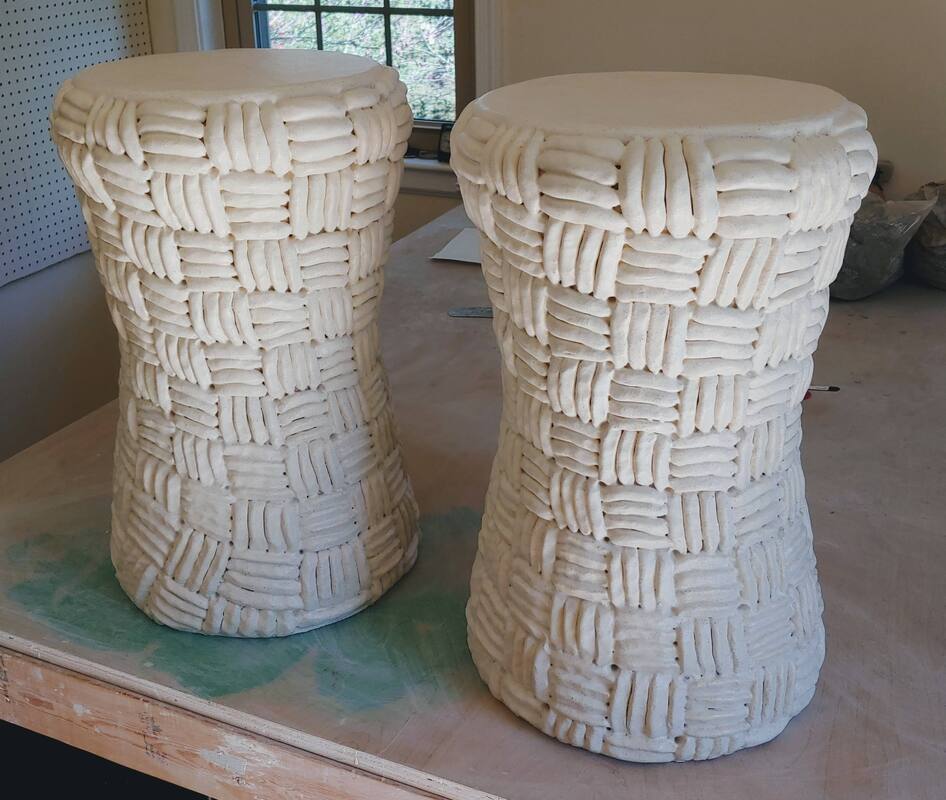
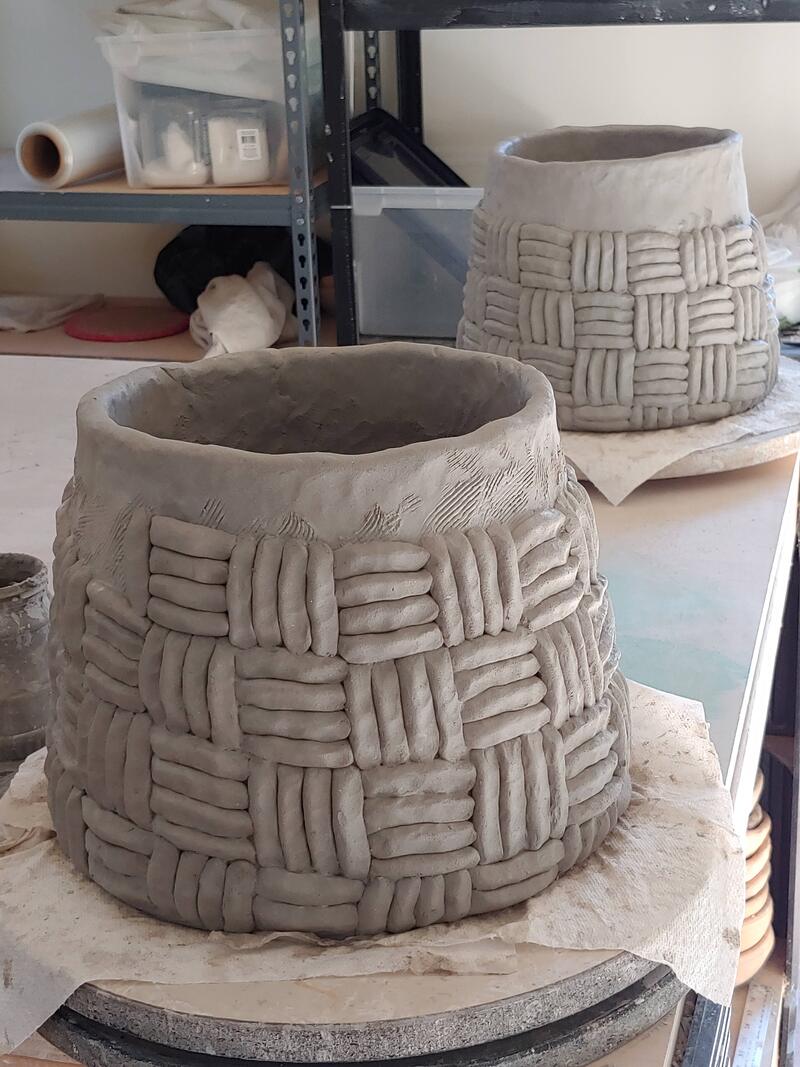
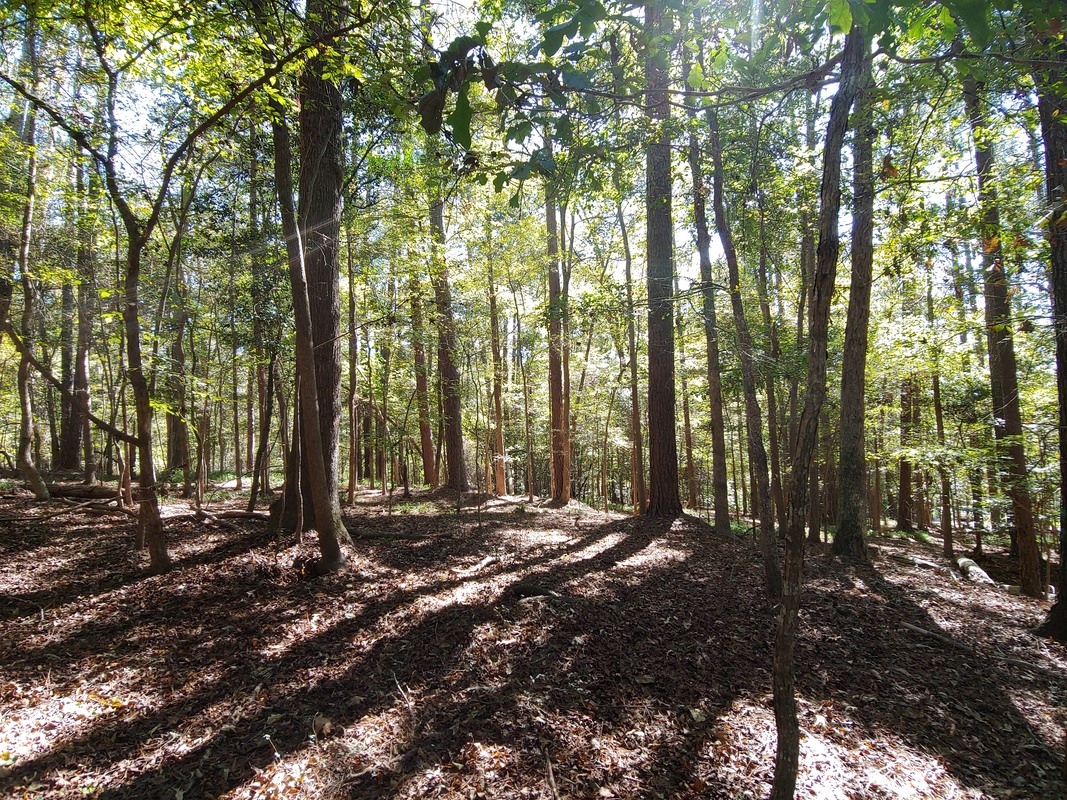
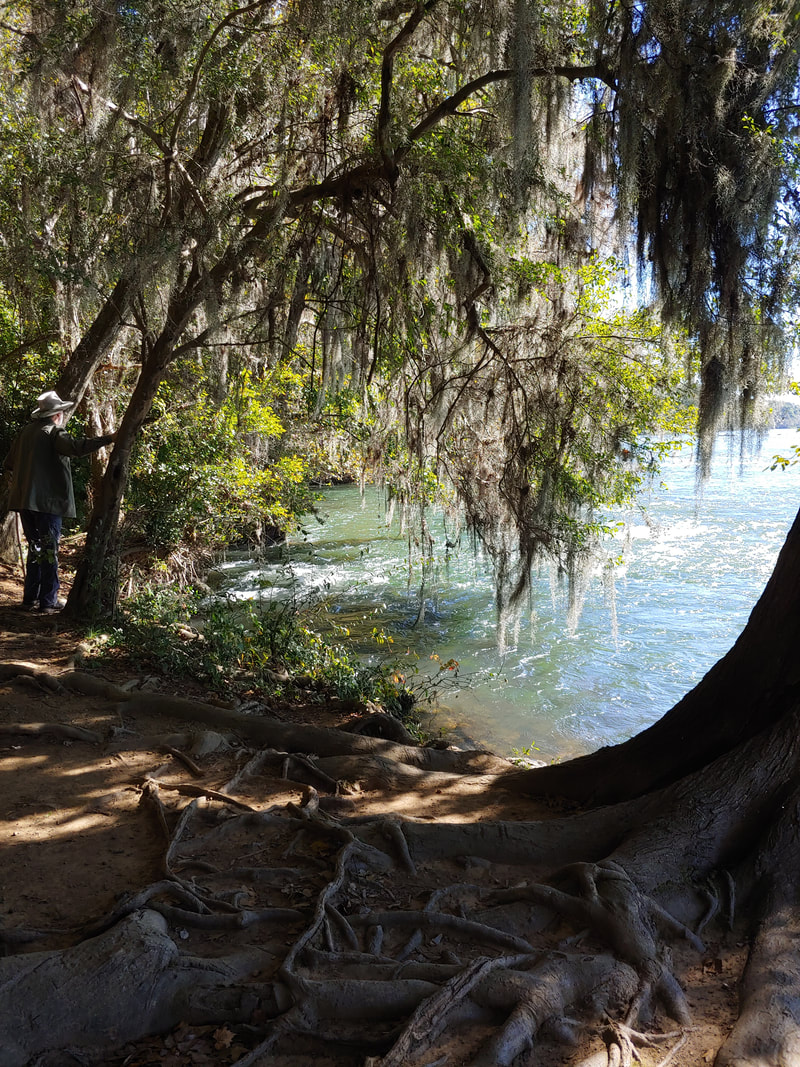
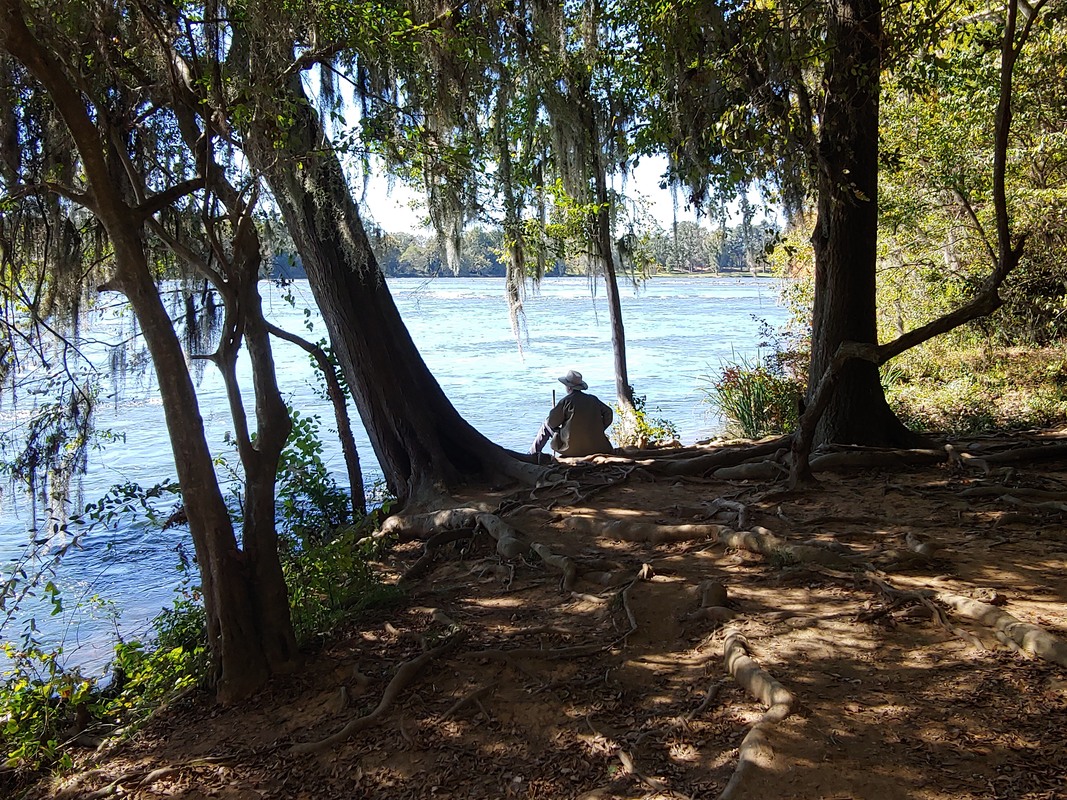
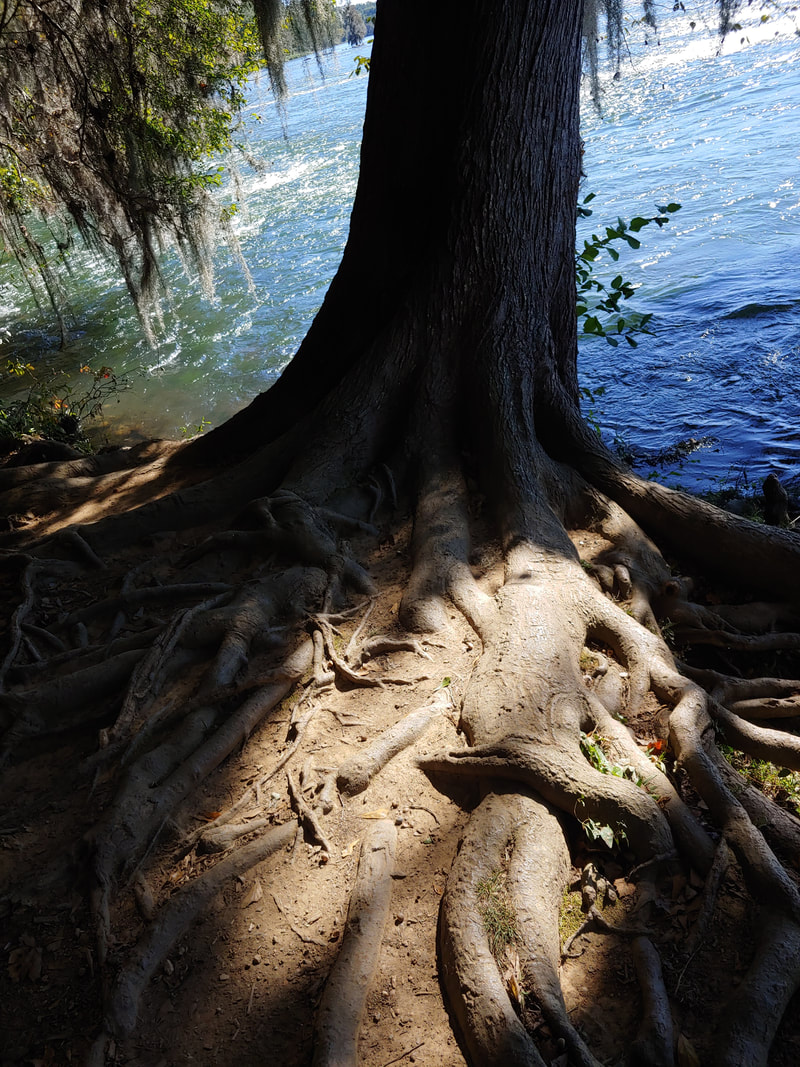
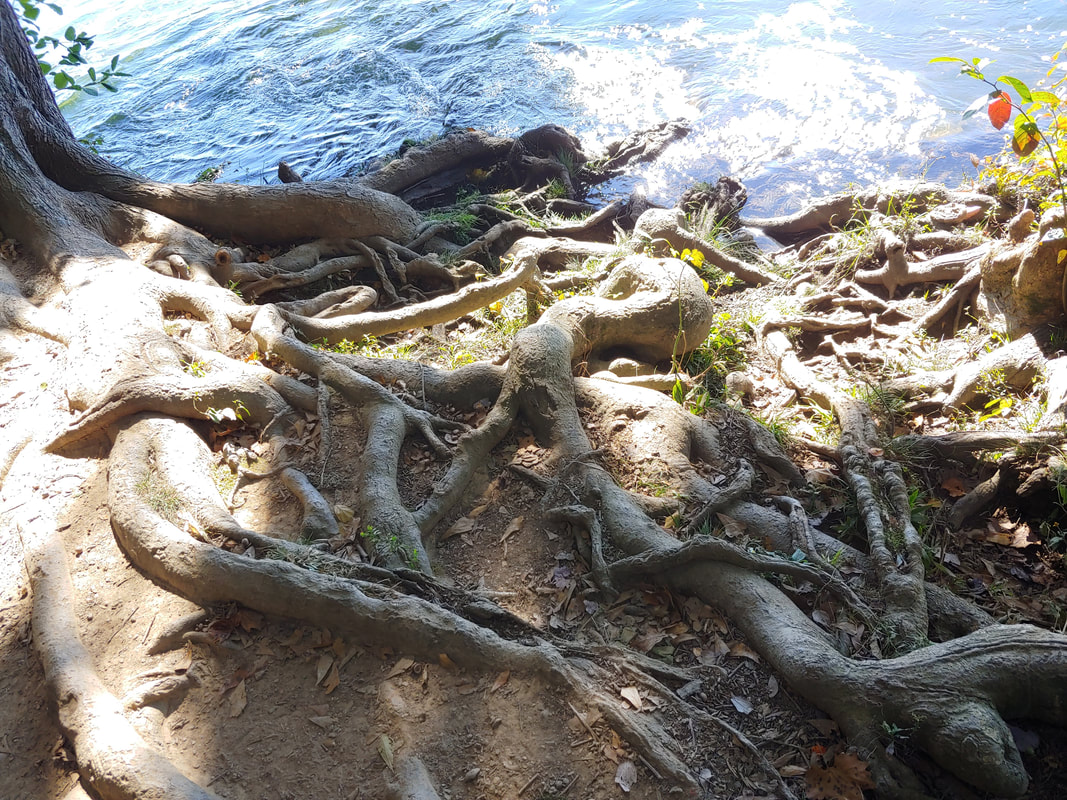
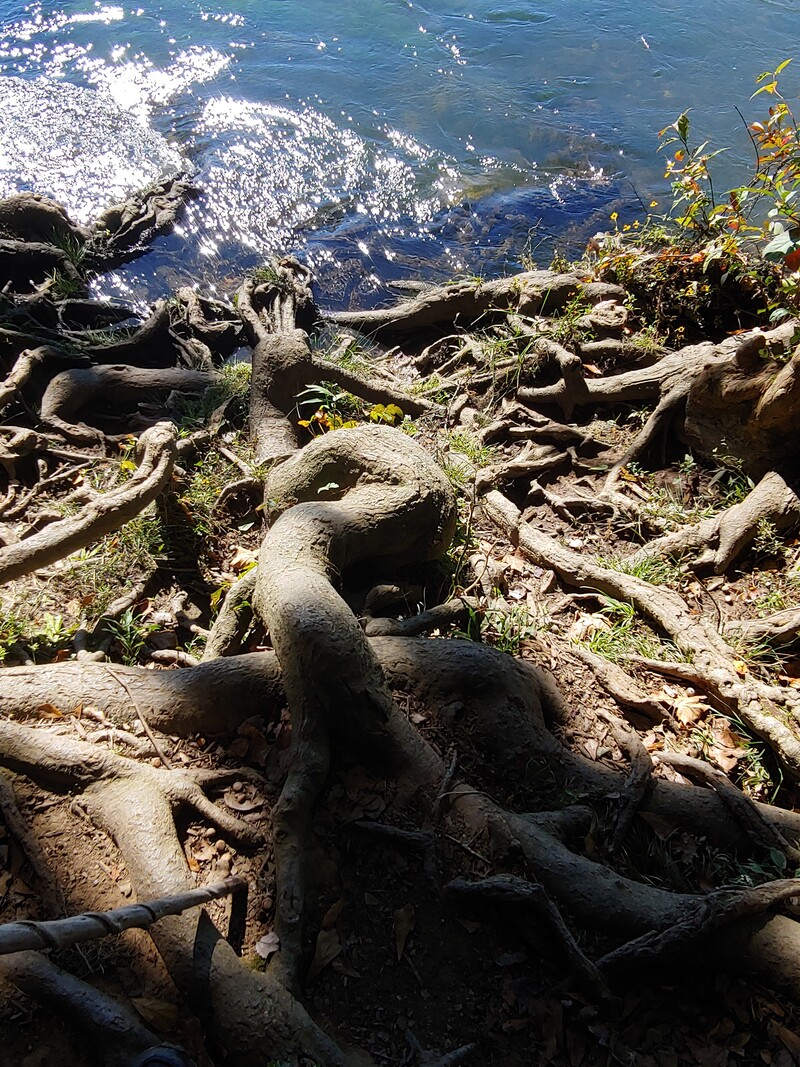
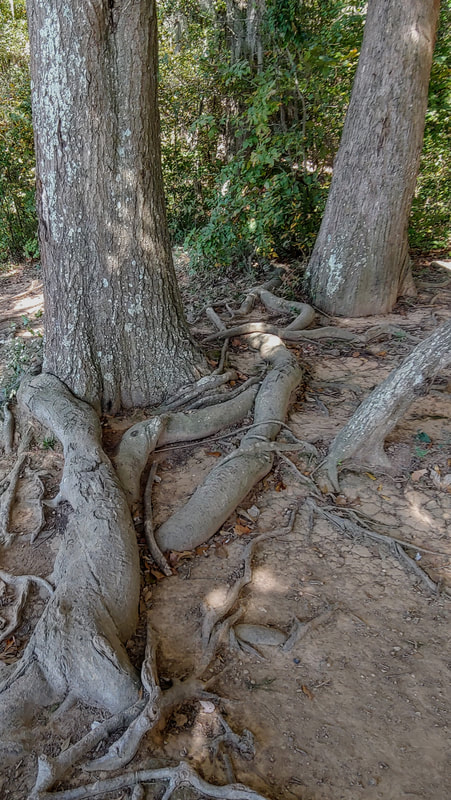
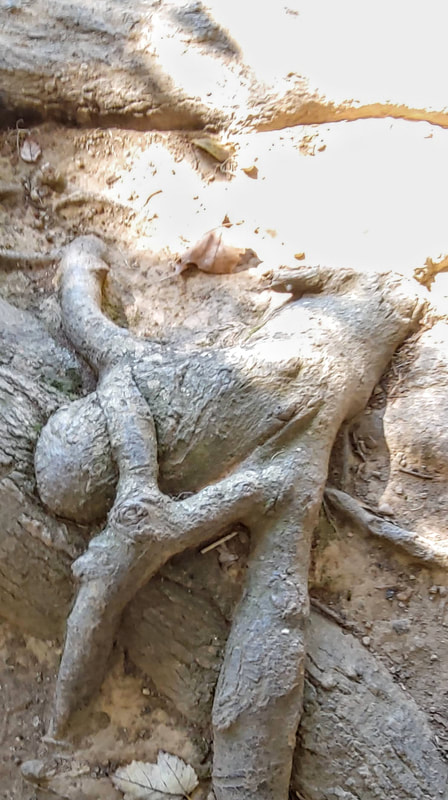
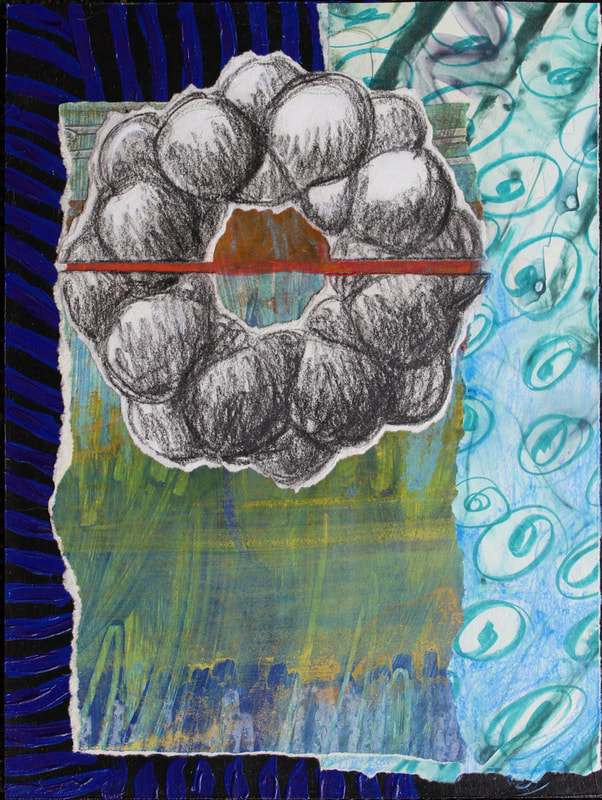
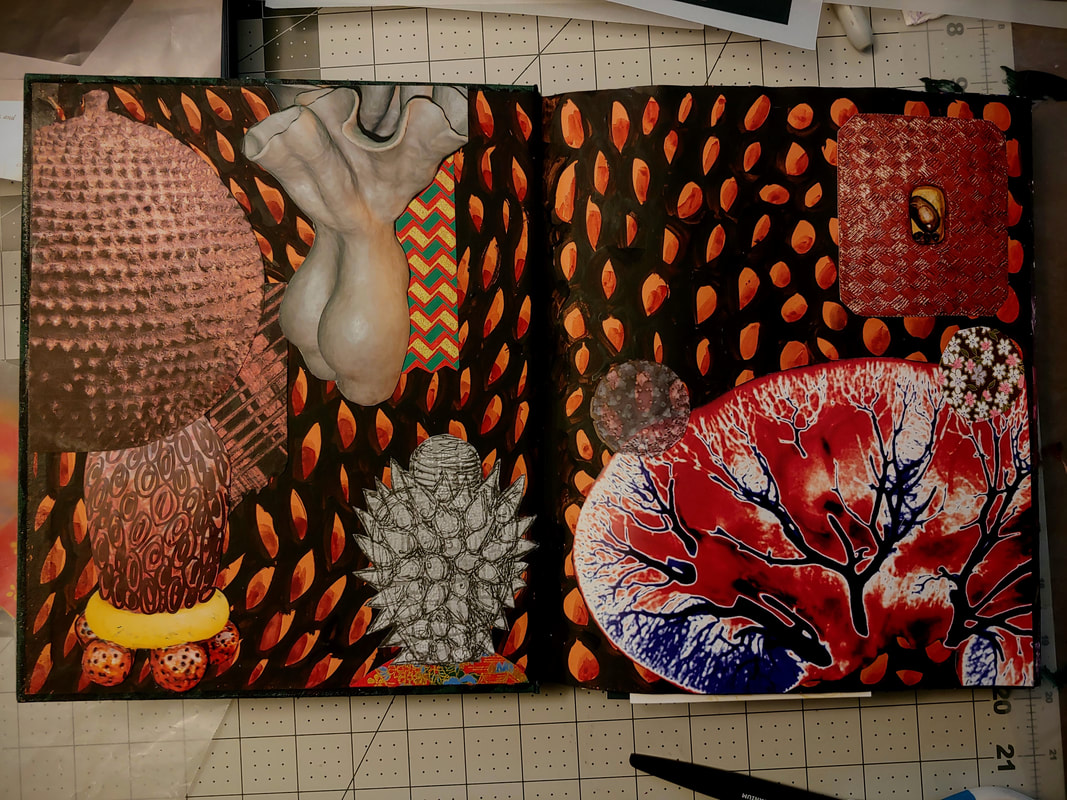
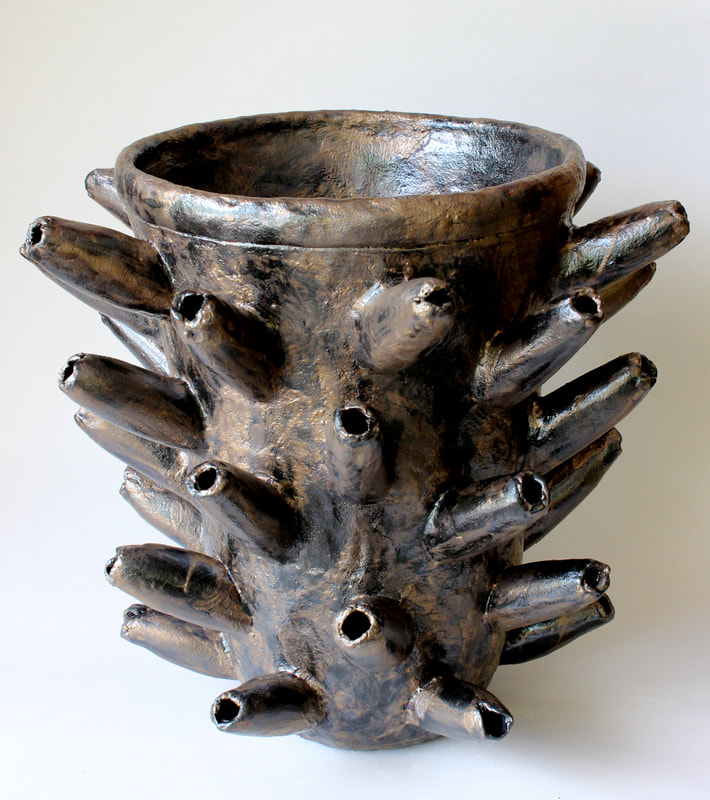
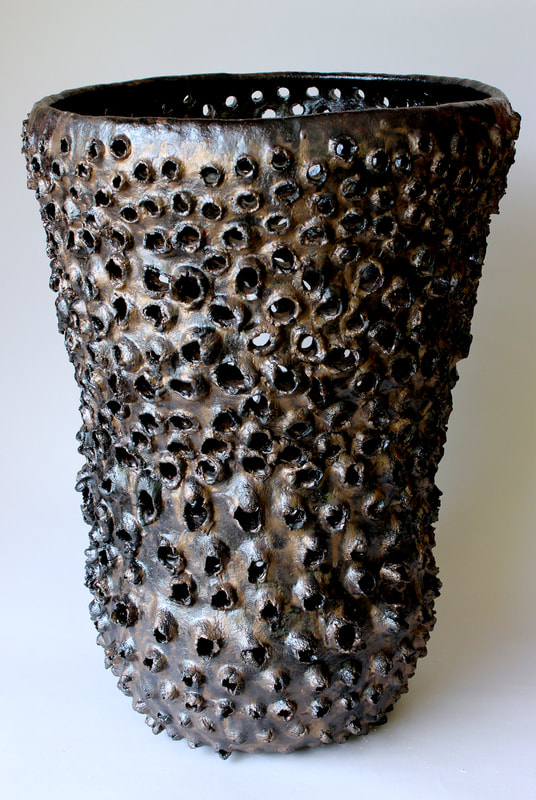
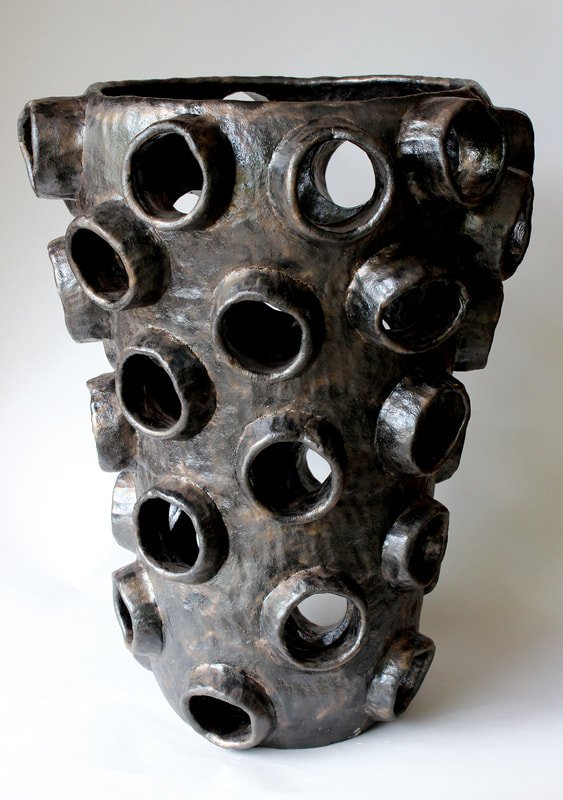
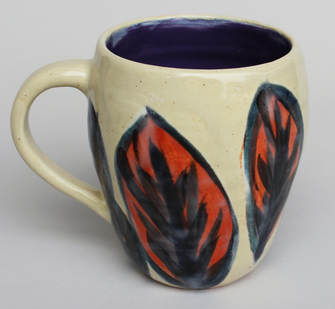
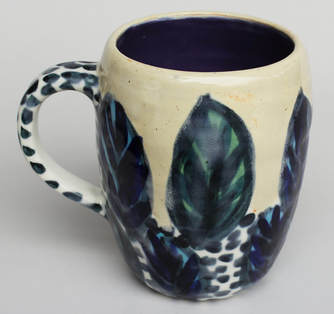
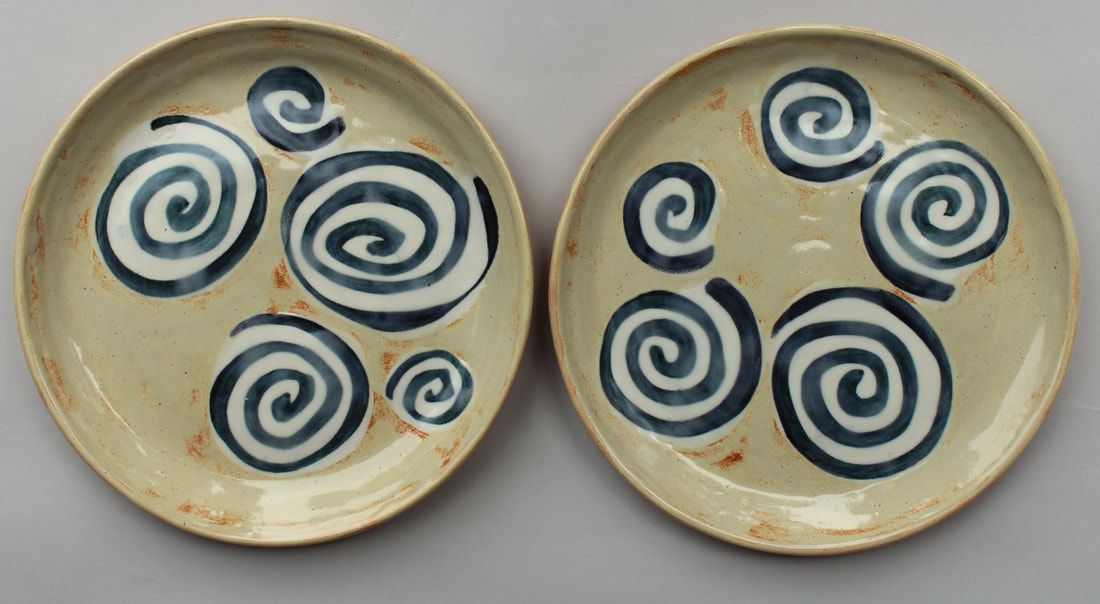
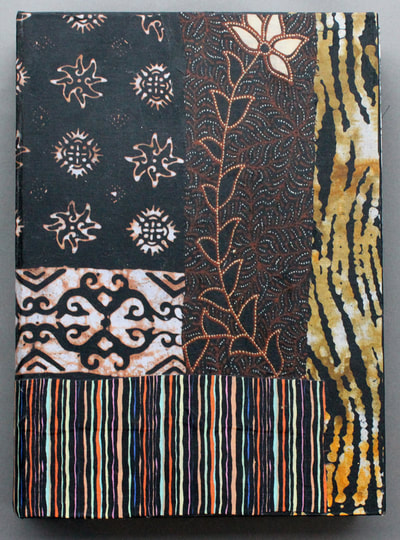
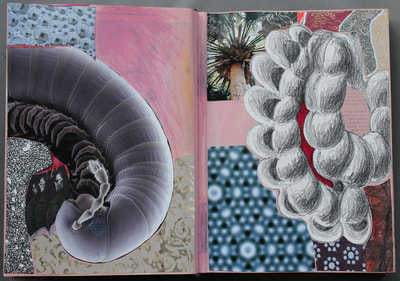
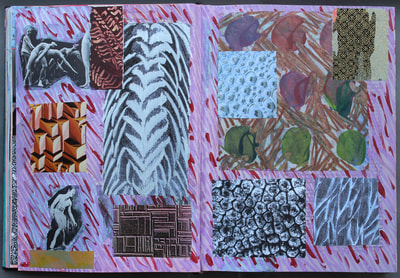
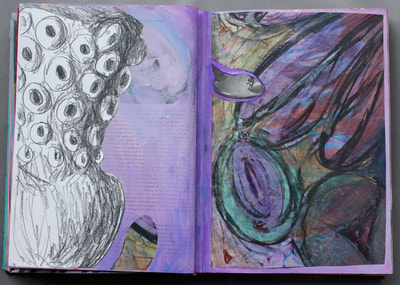
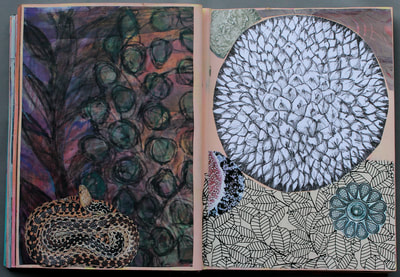
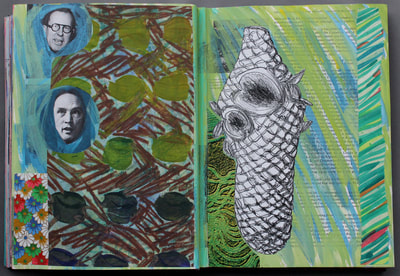
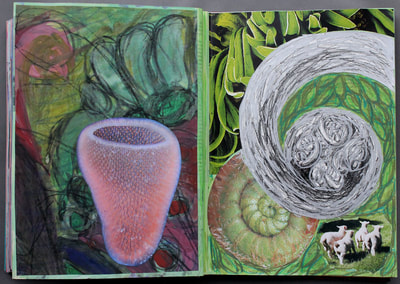
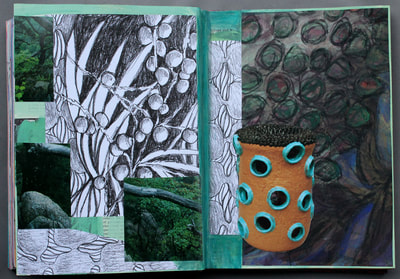
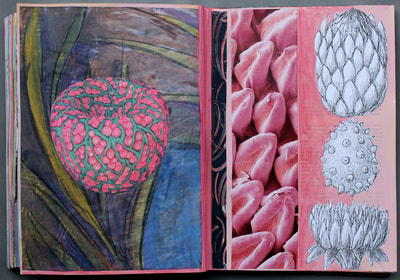
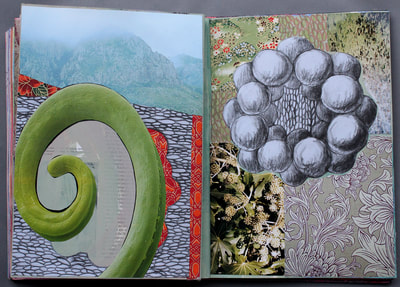
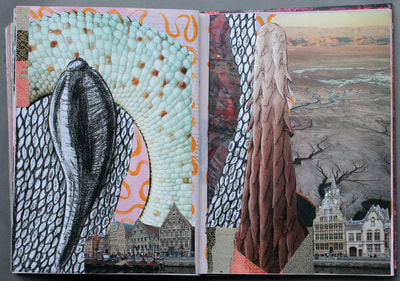
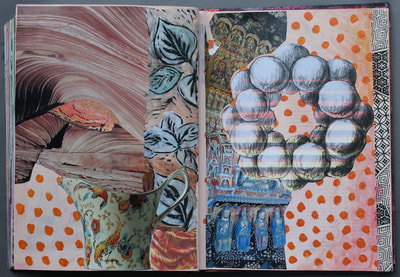
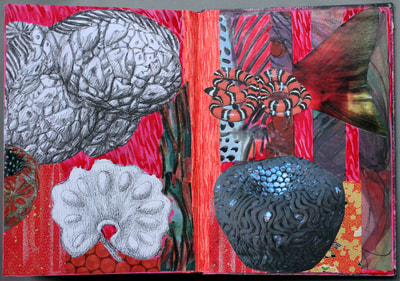

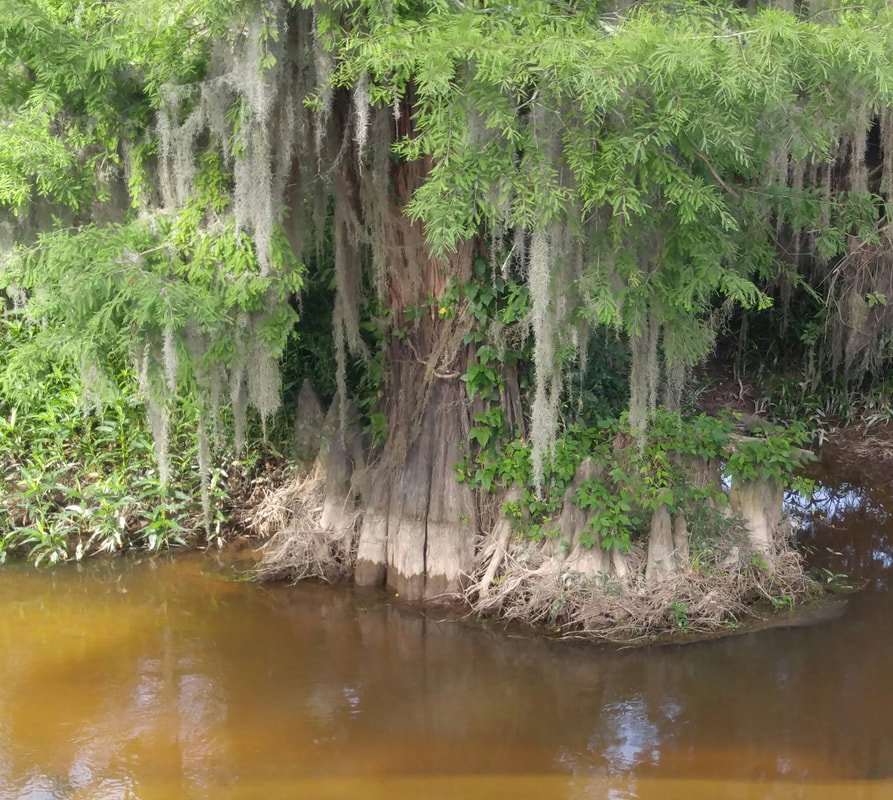
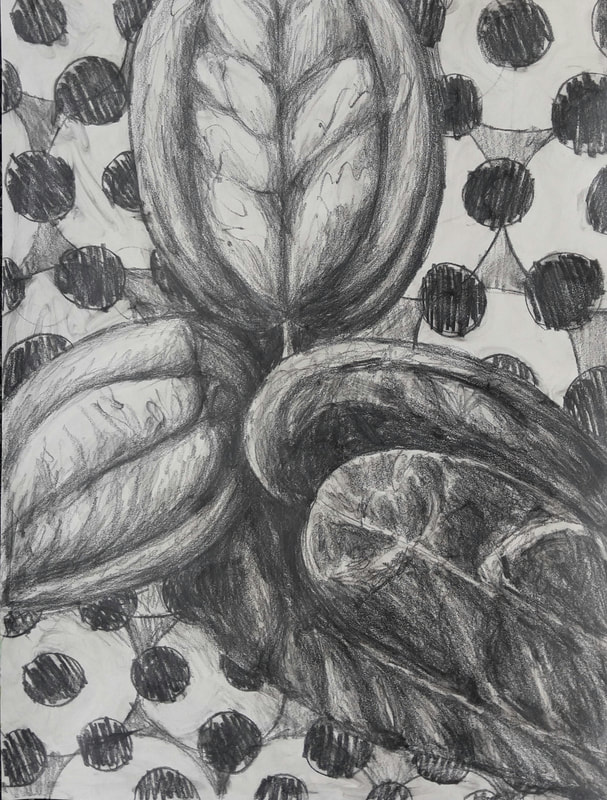
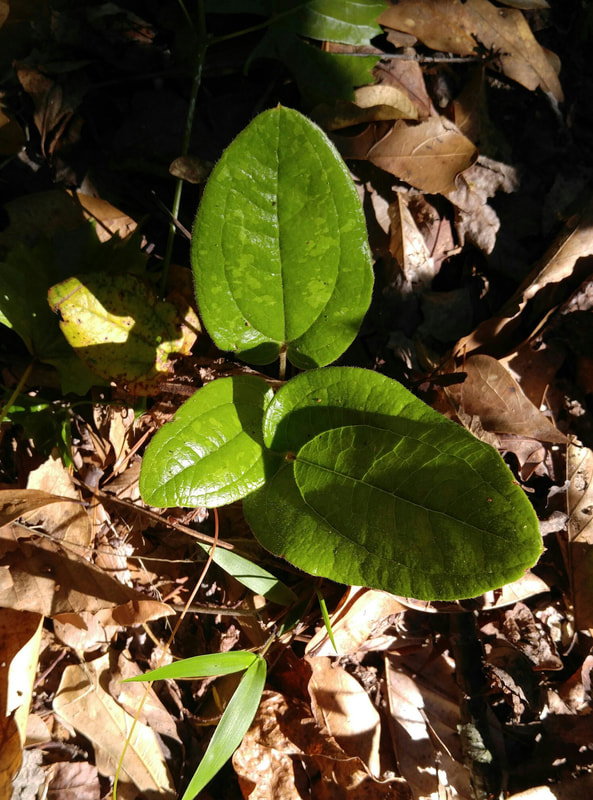
 RSS Feed
RSS Feed